Complete guide to fittonia care
These teeny plants will brighten up any corner with their intricate patterned leaves.
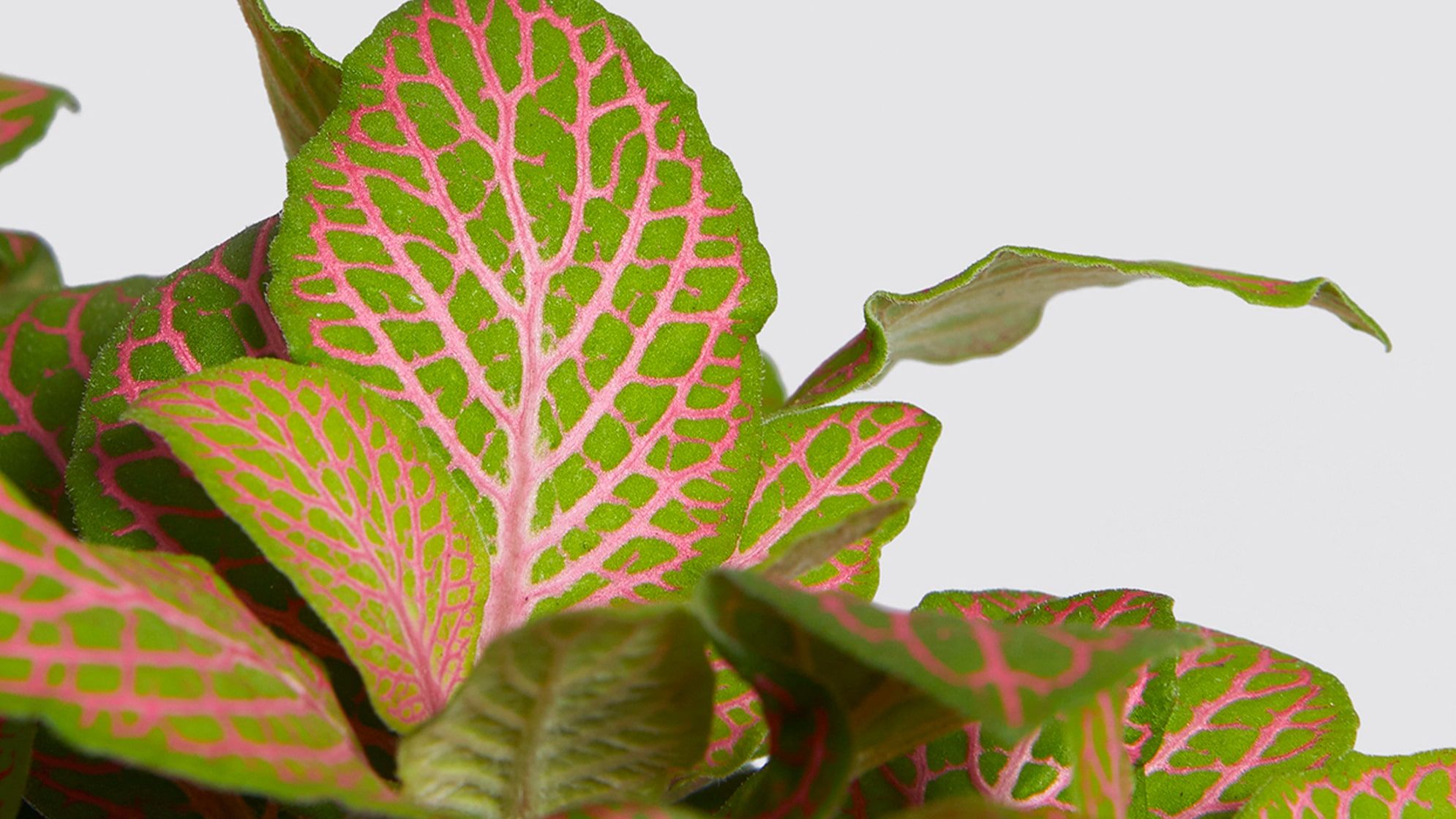
Fittonias are attractive and easy-to-care-for houseplants that are native to the tropical rainforests of Peru and Ecuador. They have striking green and white or pink and white leaves, making them a popular choice for any home. Here's how to keep yours happy:
- Bright, indirect light is best, but avoid too much sun
- Water when the top of the soil feels dry
- Mist every few days, they love humidity
About fittonias
These adorable plants have little green leaves with bright veins, which can be all sorts of colours from white to pink to deep red. Nina, our 'white forest flame' fittonia, has snow-white veins. Fittonias are sometimes known as the ‘nerve plant’, because their veins look (a bit) like the human nervous system. Fittonias come from the South American rainforest, where they cover the ground with their lovely colour.
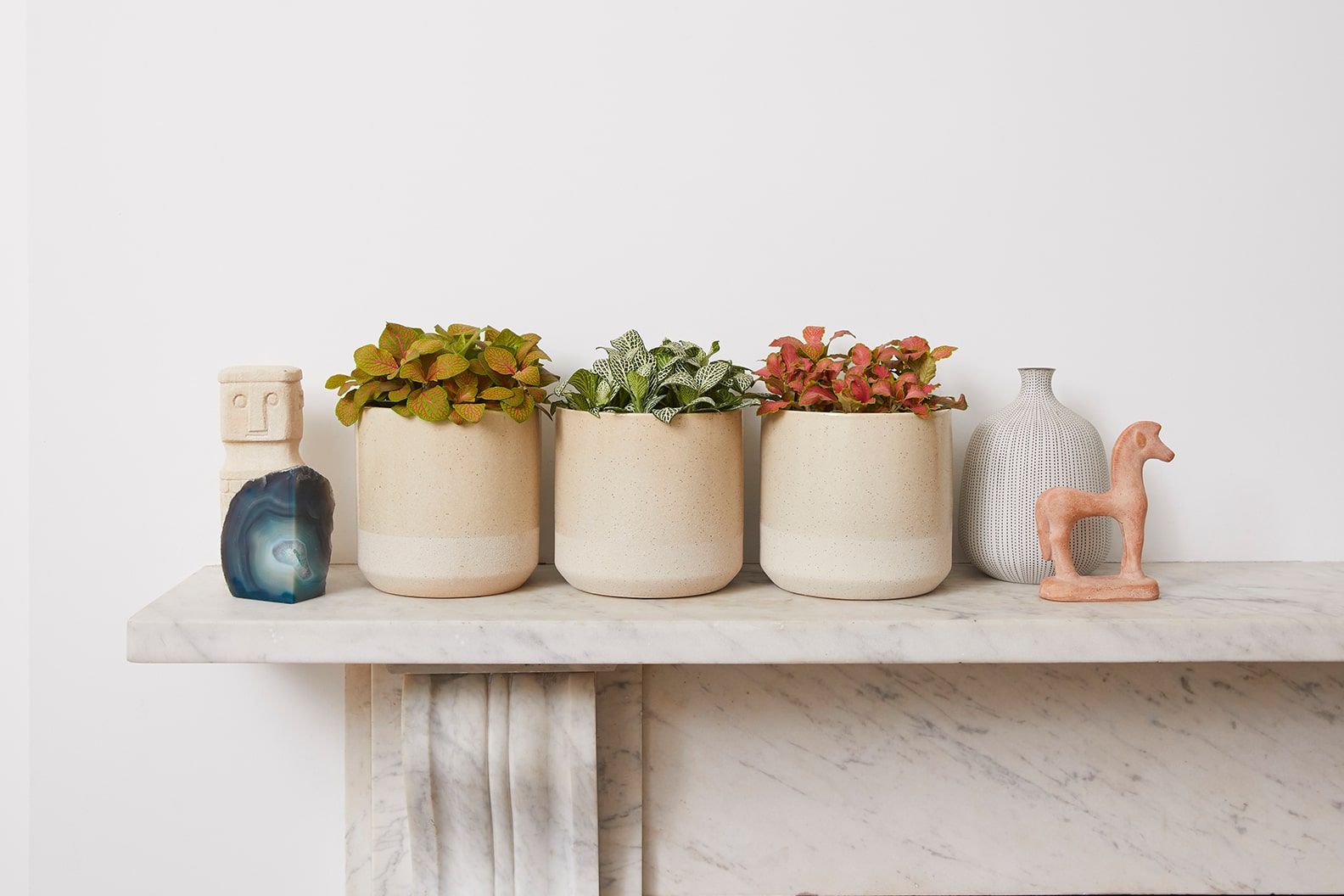
How much light does my fittonia need?
Fittonias prefer bright, indirect light. Direct sunlight can scorch its leaves, so it's best to keep it out of direct sunlight.
How often should I water my fittonia?
Water your fittonia when the soil is dry to touch, about once a week. Make sure to water the soil evenly and not just the top layer of soil. If the leaves start to droop, it needs more water.
Does my fittonia need a humid environment?
Fittonia likes high humidity, so mist it regularly or group it with other plants. You can also place it in a bathroom or near a humidifier.
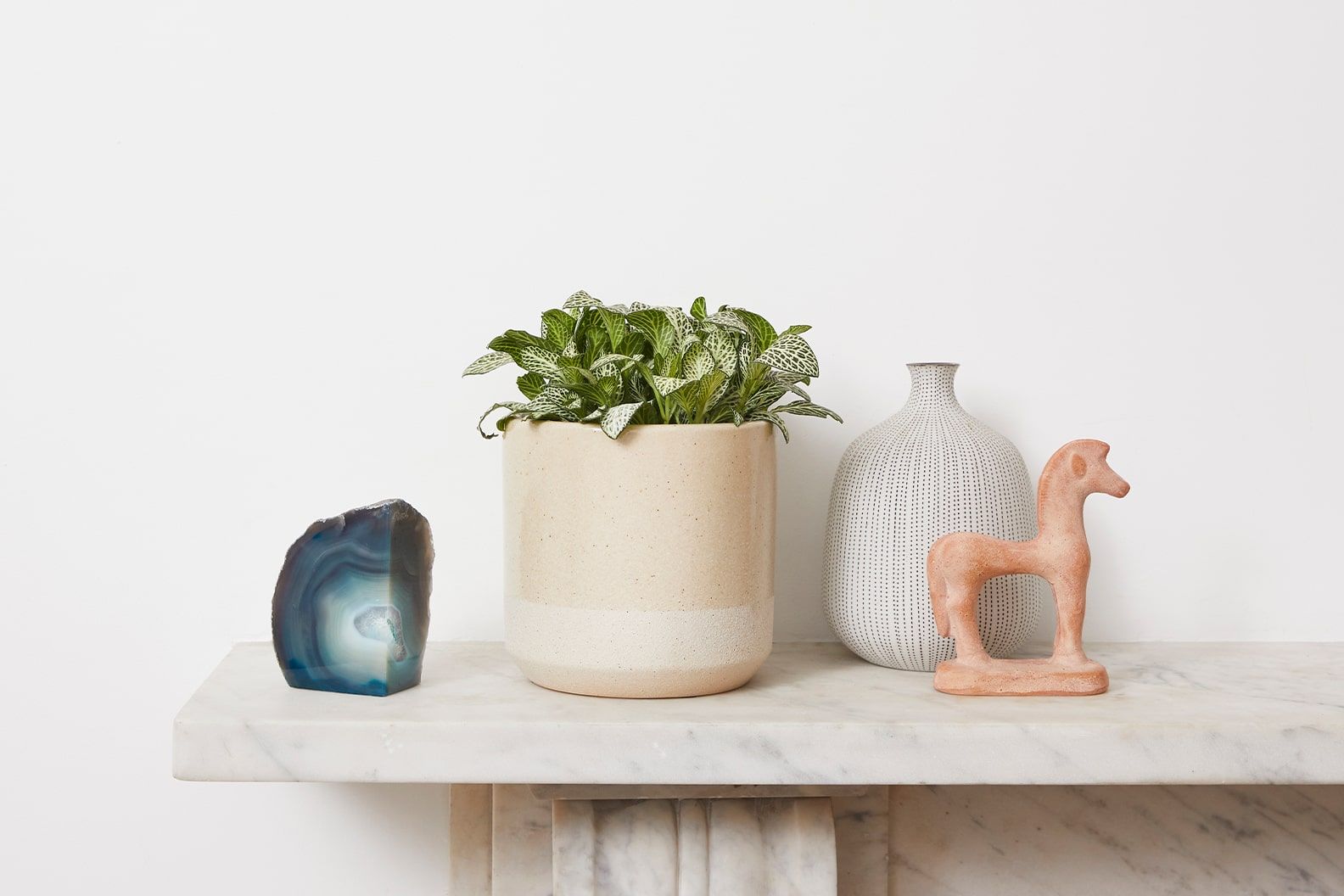
What's the best temperature for my fittonia?
Fittonia likes warm temperatures, between 18-24°C. Generally, if you're comfortable, they will be too.
Should I fertilise my fittonia?
Fertilise your fittonia once a month in the spring and summer with a balanced liquid fertiliser. They won't grow particularly big, but a good dose of nutrients will help them produce new leaves.
Do I need to prune my fittonia?
Prune your fittonia as needed to keep it looking its best. You can trim off any dead or yellowing leaves and stems. Snip off any particularly long growth if you want to keep yours compact and bushy.
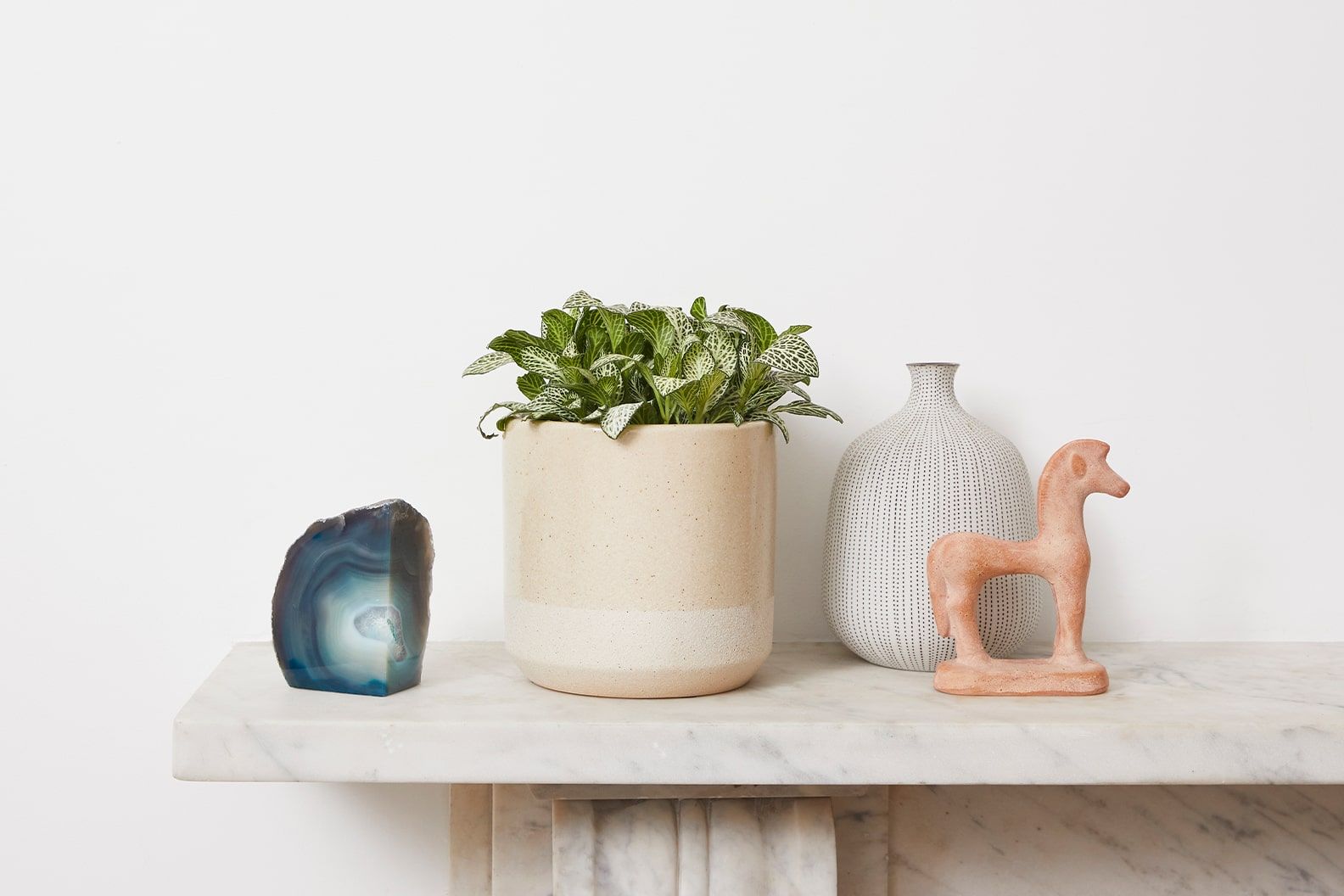
When should I repot my fittonia?
You can repot your fittonia every one to two years in the spring. Make sure to use a pot with good drainage and a potting mix that is specifically for houseplants.
Can I propagate my fittonia?
Fittonia can be propagated from stem cuttings. Take a stem cutting that is at least 4 inches (10 cm) long and remove the lower leaves. Place the cutting in a pot with moist soil and keep it in a warm, bright spot. Find out more about propagation here.
Common fittonia problems
Fittonias are prone to mealybugs and spider mites, so watch out for these pests. You can treat them with insecticidal soap. Overwatering can also cause root rot, so make sure to water it only when the soil is dry.
Rewild your inbox
Plant tips. Special offers. No spam.
You might like
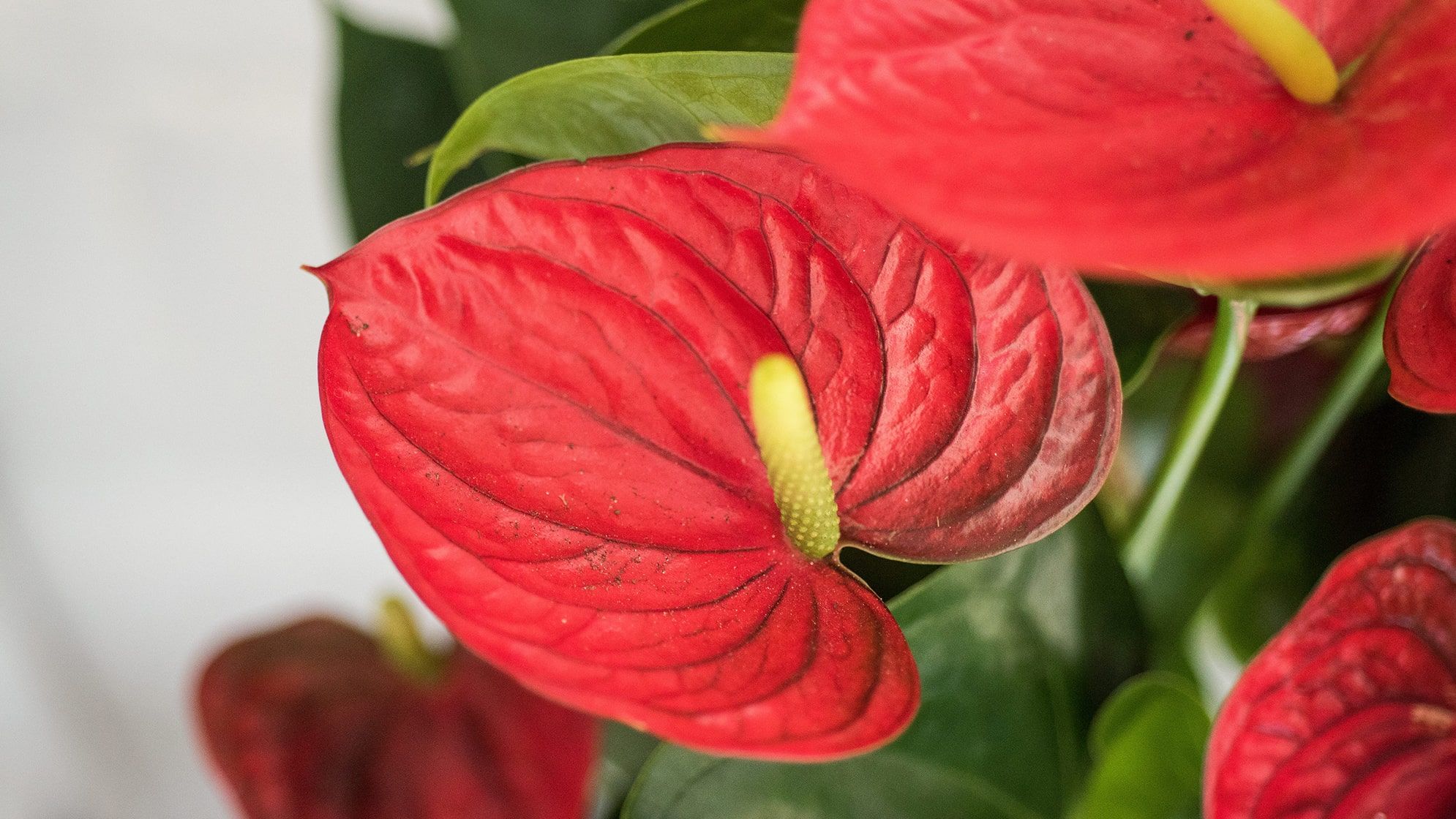
Complete guide to anthurium care
Alluring anthuriums put the “red” in an incredible plant collection
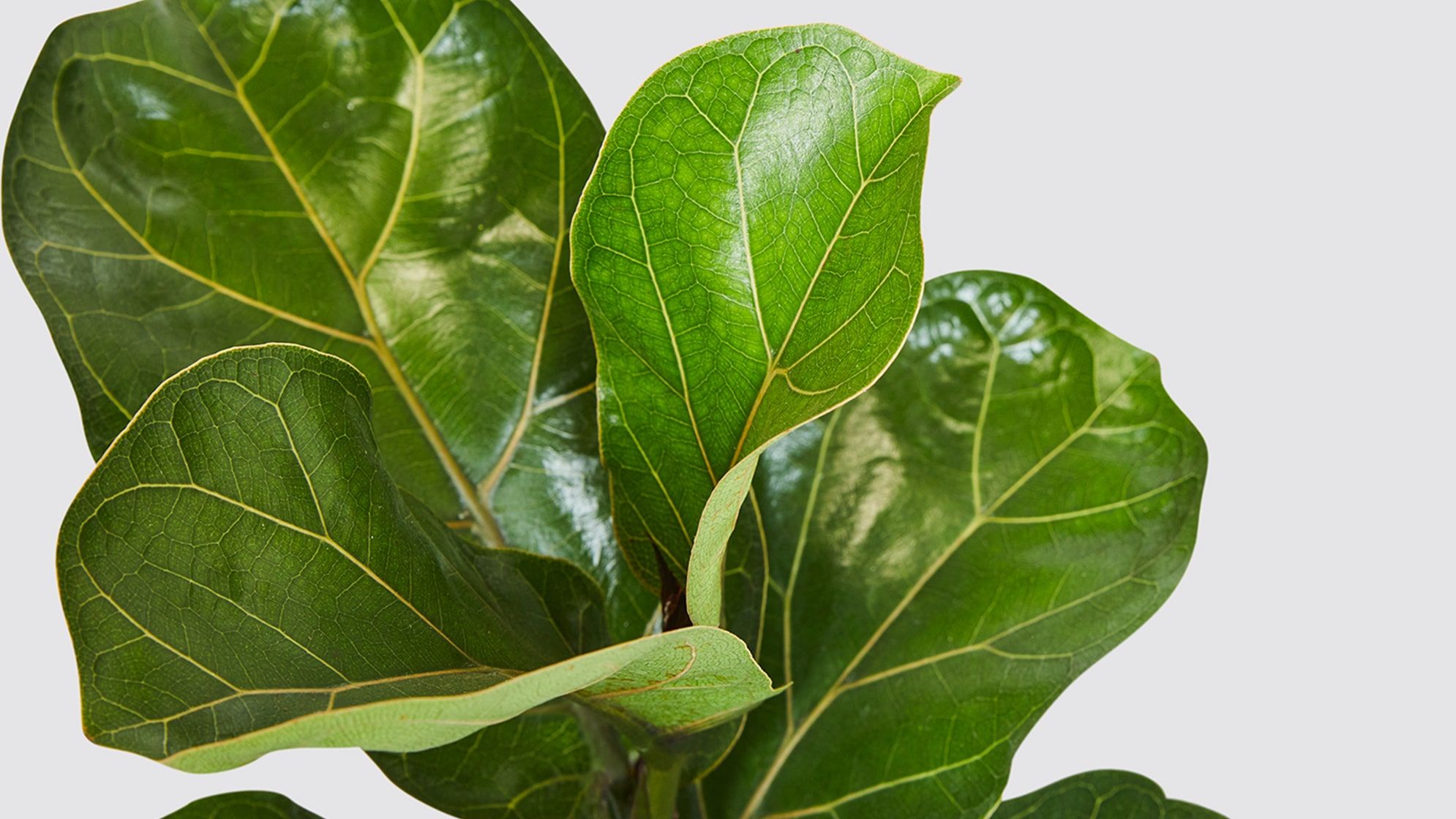
Complete guide to fiddle-leaf fig care
Once a trend, now an icon
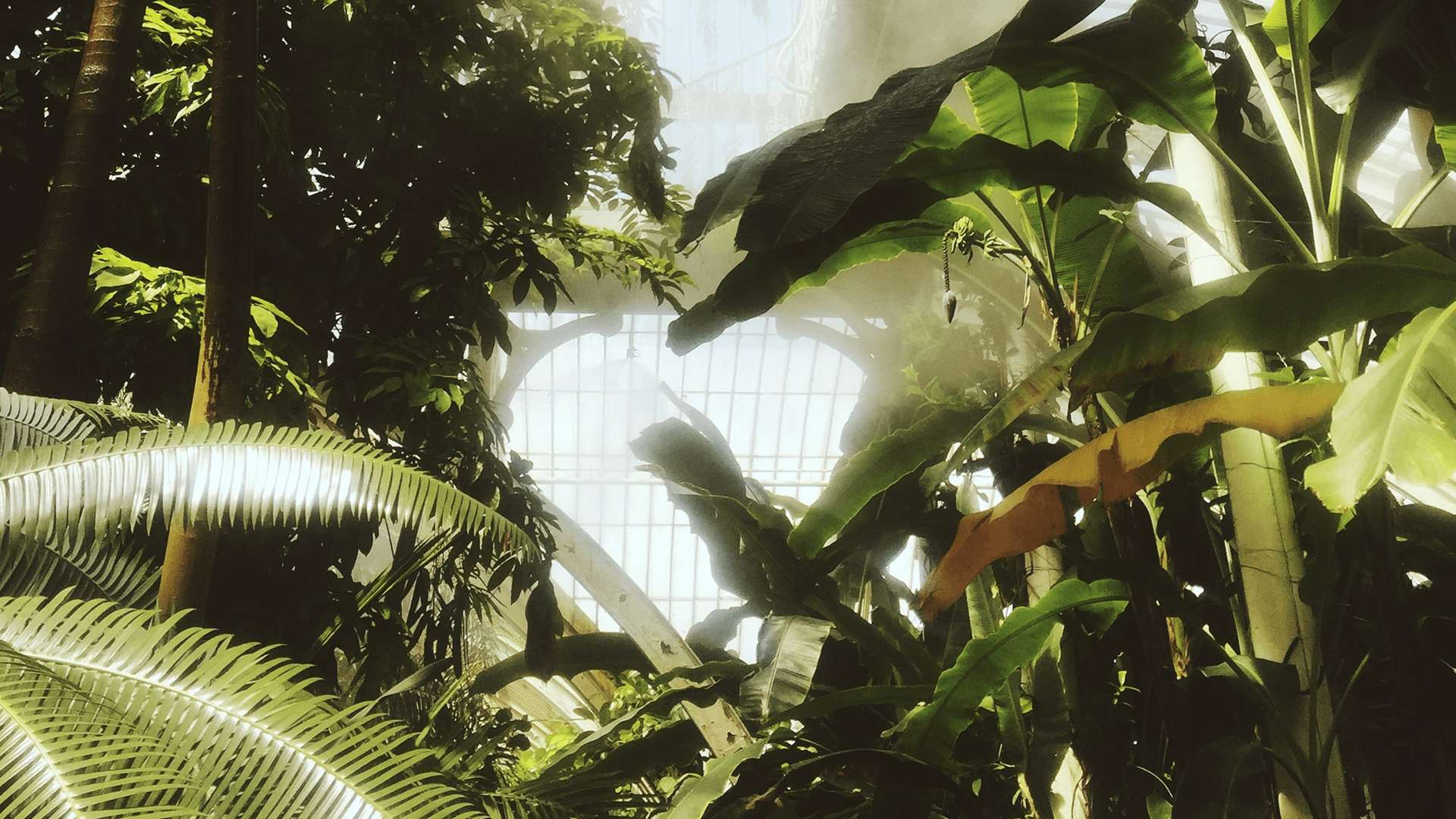
8 inspirational greenhouses to visit in the UK
For inspiring houseplant ideas, check out these 8 glorious greenhouses
